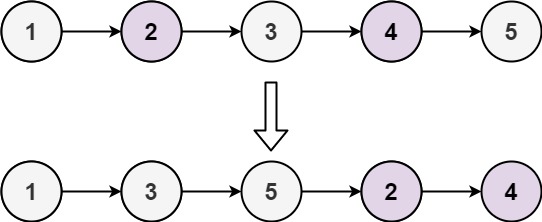1
2
3
4
5
6
7
8
9
10
11
12
13
14
15
16
17
18
19
20
21
22
23
24
25
26
27
28
29
30
31
32
33
34
35
36
37
38
39
40
41
42
| There is a hotel with n rooms. The rooms are represented by a 2D integer array rooms where rooms[i] = [roomIdi, sizei]
denotes that there is a room with room number
roomIdi and size equal to sizei. Each roomIdi is guaranteed to be unique.
You are also given k queries in a 2D array queries where queries[j] = [preferredj, minSizej]. The answer to the jth
query is the room number id of a room such that:
The room has a size of at least minSizej, and
abs(id - preferredj) is minimized, where abs(x) is the absolute value of x.
If there is a tie in the absolute difference, then use the room with the smallest such id. If there is no such room,
the answer is -1.
Return an array answer of length k where answer[j] contains the answer to the jth query.
Example 1:
Input: rooms = [[2,2],[1,2],[3,2]], queries = [[3,1],[3,3],[5,2]]
Output: [3,-1,3]
Explanation: The answers to the queries are as follows:
Query = [3,1]: Room number 3 is the closest as abs(3 - 3) = 0, and its size of 2 is at least 1. The answer is 3.
Query = [3,3]: There are no rooms with a size of at least 3, so the answer is -1.
Query = [5,2]: Room number 3 is the closest as abs(3 - 5) = 2, and its size of 2 is at least 2. The answer is 3.
Example 2:
Input: rooms = [[1,4],[2,3],[3,5],[4,1],[5,2]], queries = [[2,3],[2,4],[2,5]]
Output: [2,1,3]
Explanation: The answers to the queries are as follows:
Query = [2,3]: Room number 2 is the closest as abs(2 - 2) = 0, and its size of 3 is at least 3. The answer is 2.
Query = [2,4]: Room numbers 1 and 3 both have sizes of at least 4. The answer is 1 since it is smaller.
Query = [2,5]: Room number 3 is the only room with a size of at least 5. The answer is 3.
Constraints:
n == rooms.length
1 <= n <= 105
k == queries.length
1 <= k <= 104
1 <= roomIdi, preferredj <= 107
1 <= sizei, minSizej <= 107
|

